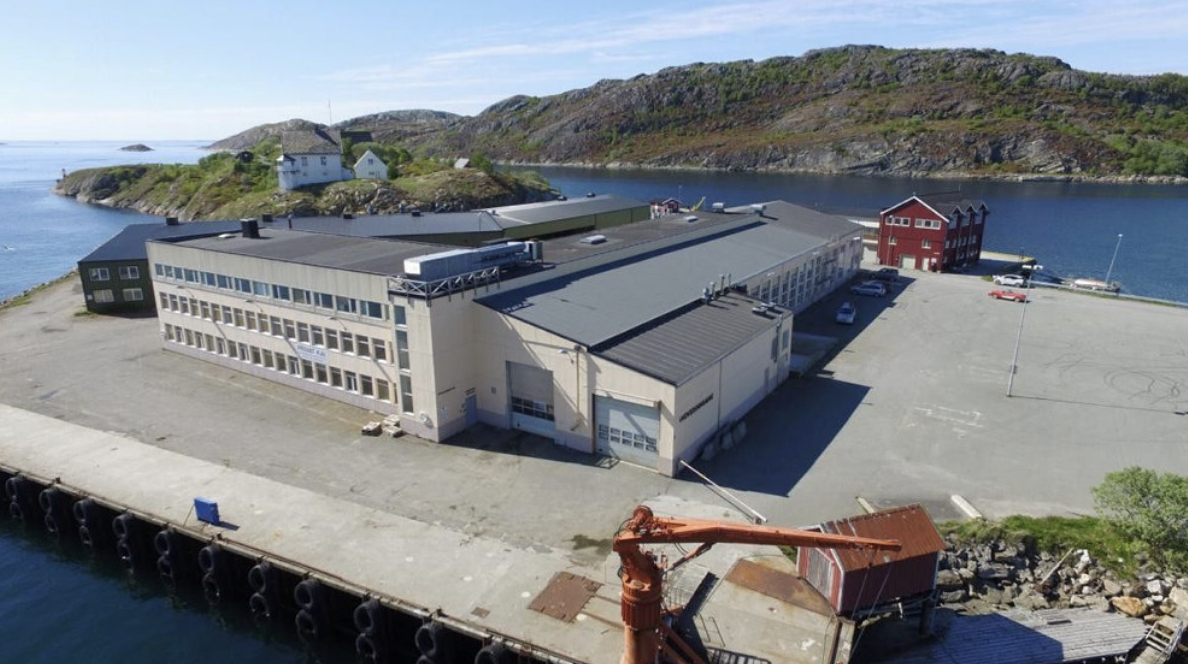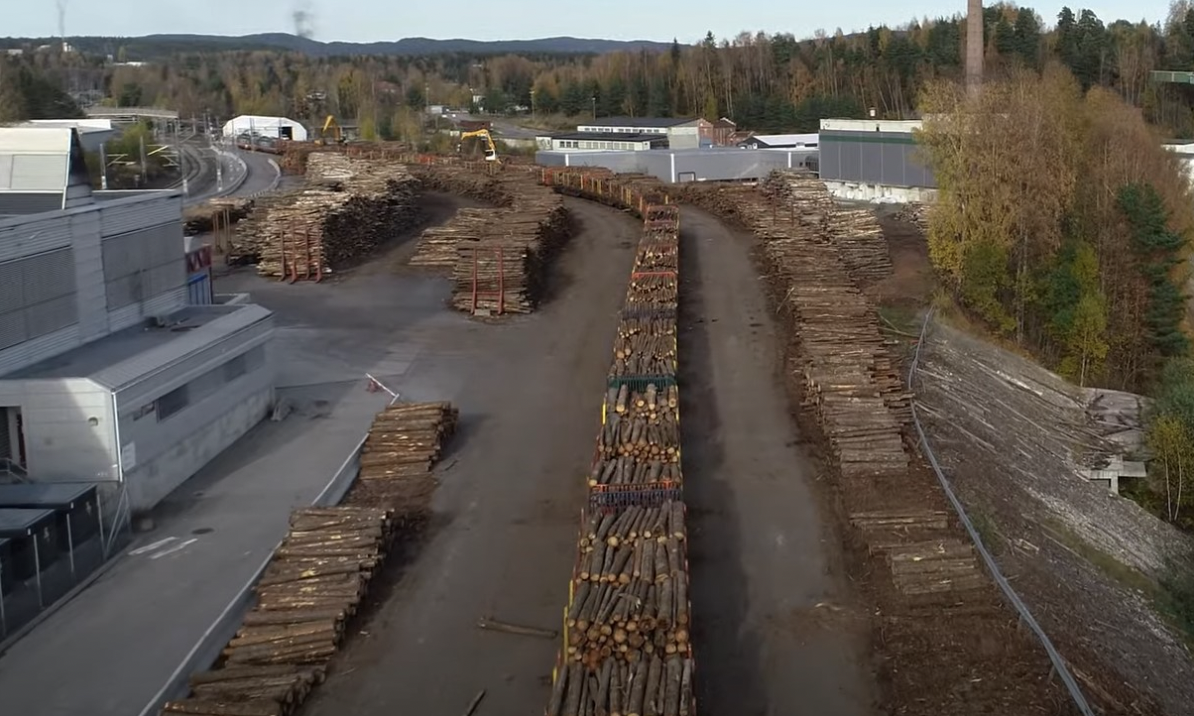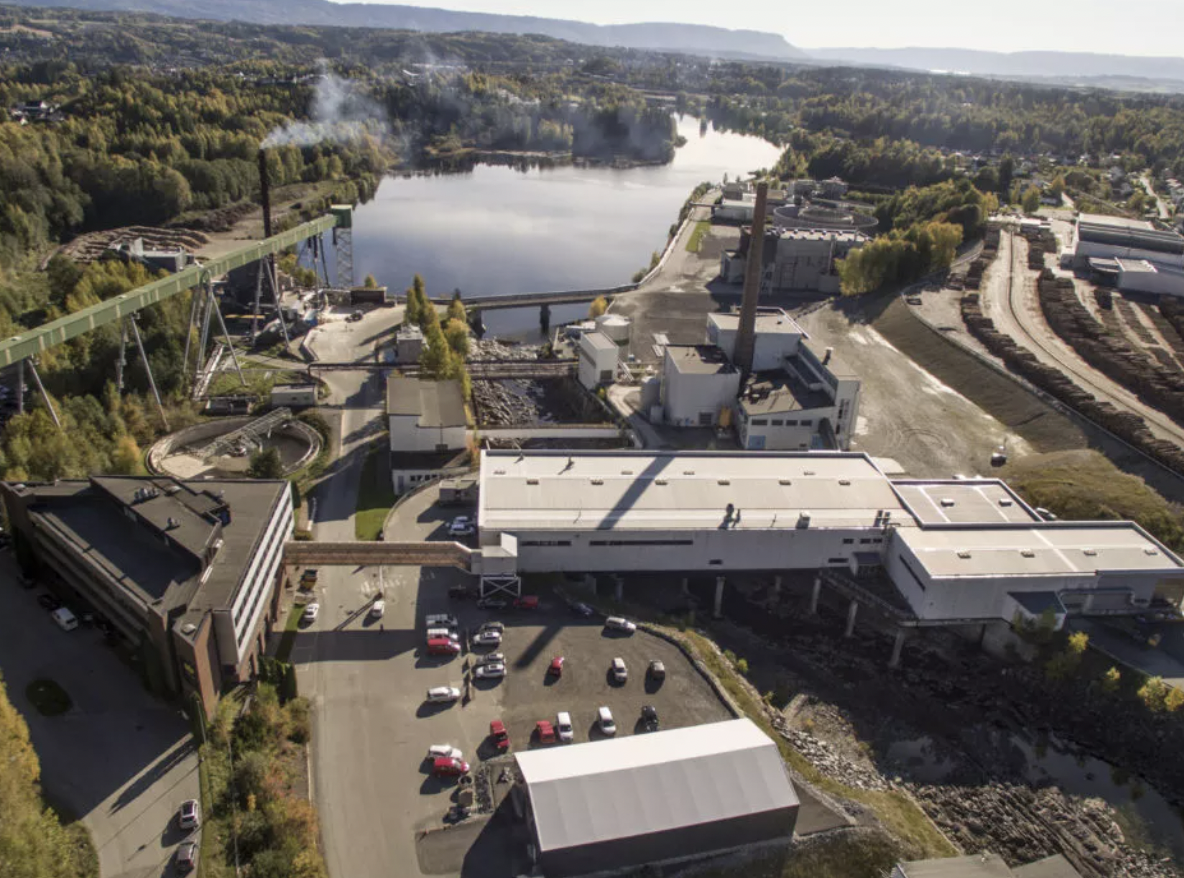Bitcoin (BTC) mining in Norway is 100% renewable and “flourishing” according to a report by Arcane Research.
“A green oasis of renewable energy,” Norway contributes almost 1% to the global hash rate and is almost entirely powered by hydropower.
The report compiled data from the Cambridge Bitcoin Electricity Consumption Index and data from Coinshares to conclude that Norway contributes 0.77% to the Bitcoin total global hashrate. By way of comparison, Norway’s population of 5 million contributes a tenth of that–or 0.07% of the global population.
Crucially, according to the Norwegian Water Resources and Energy Directorate (NVE), Norway’s electricity mix is 100% renewable, with 88% hydro and 10% wind. That means Bitcoin miners in Norway are solely using “green” energy.
“The most important takeaway for bitcoin miners regarding Norway’s electricity mix is that it’s fully renewable, and will stay like that.”
Jaran Mellerud, an analyst for Arcane Research and the author of the report, told Cointelegraph that there will be “huge growth for mining in Northern Norway, where stranded hydropower is abundant, giving miners access to extremely cheap and 100% renewable electricity.”
“Heat is very valuable in the cold north, which allows for the repurposing of excess heat from mining operations, which can further benefit both the industry and society.”
German company Bluebite has operated data centers in the Norwegian Arctic since 2018. One of its datacentres mines Bitcoin in an area previously known as the “Hell of Lapland” due to its “unpleasant and inhospitable atmosphere,” Conor Davis, CEO of the company told Cointelegraph.

The introduction of Bitcoin mining has rejuvenated the area formerly known for its copper mining industry, as it taps into Norway’s cheap, stranded and renewable resources.
Indeed, the land of the midnight sun offers “energy at a cheap price, secondary uses for electricity, 100% sustainable energy, free cooling and it’s an area where people would profit from new jobs,” Davis told Cointelegraph.
Bluebite is now investigating whether channeling the heat generated by Bitcoin mining could vertically farm strawberries–or even provide heating to local populations.
Nonetheless, Norway’s size and scale mean it’s still “not for everyone” as Norway is small and unattractive to “Chinese investors,” Davis told Cointelegraph. The report suggests that “Norwegian miners are not the biggest,” but Norway remains an attractive country to mine Bitcoin due to its renewable energy credentials and the wealth of interesting and innovative secondary uses for the heat generated by Bitcoin mining.

A growing trend, Bitcoiners around the world and finding fresh ways to use the ‘waste’ heat from Bitcoin mining. One Bitcoiner is heating his campervan with an S9, while a Dutch company is growing Bitcoin flowers thanks to Satoshi’s invention.
Related: Crypto ownership among Norwegian women doubles, mirroring global trends
The CEO of Kryptovault, Kjetil Hove Pettersen told Cointelegraph that they plan to “get started with seaweed operations” to complement their existing timber-drying operations thanks to Bitcoin miner heat. Currently, “99% of our electric energy turns into thermal energy” ideal for secondary uses, Pettersen explained.

Pettersen agrees with Davis in that while “you need strong nerves and faith in this space to persevere when times are tough,” Norway is an “ideal” location for Bitcoin mining. A final benefit to Bitcoin mining in Norway is that the Scandinavian country has:
“Higher production than consumption and very limited capacity to transfer that excess energy to other regions such as mainland Europe.”



